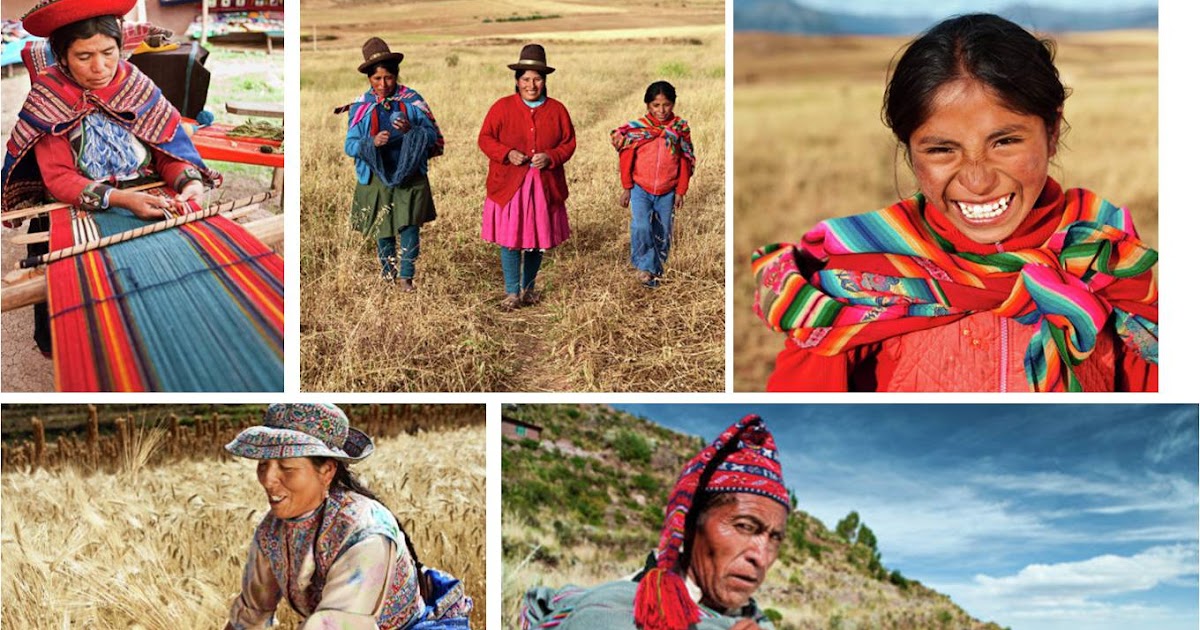Ymara (Aim. Aymaranakaja, Aymara) is an Indian people belonging to the large American Mongoloid race, living in the Andes, in the west of South America. The Indians live mainly in the highlands (around Lake Titicaca) on the Bolivian Plateau (about 2.3 million people – 25% of the country’s population); in the south of Peru (about 1.5 million people – 5.4% of the country’s population); in the north of Chile (about 55 thousand people); in the south of Argentina (about 43 thousand people) There are Aymara islands in the tropical valleys of the eastern slopes of the Andes.
The language is Aymara. Religion: overwhelmingly Catholic, there are Adventists, Mormons, Pentecostals, etc.

History reference
In the pre-Inca period, the Aymara were settled as far as the Vilcanota River (Spanish Río Vilcanota) in the north, the salt marshes of Coipas (Spanish Salar de Coipasa) and Uyuni (Spanish Salar de Uyuni) in the south, and to the Pacific coast in the west.
The flourishing culture of the Aymara Indians falls on the 11th-15th centuries. In the XIV – early XV centuries. they had early chiefdom states: Pacaha (Pacaha), Kanchi (Kanchi), Lupaka (Lupaka), Kolya (Colla), Kanna (Kanna). The most significant was the kingdom of Kolya, located on the Titicaca plateau (mainly on the territory of modern Bolivia).
The famous archaeological site of the Kolya period is Sillyustani (Spanish: Sillustani), a pre-Inca cemetery located in Peru, on the shores of Lake Umayo (Spanish: Laguna Umayo) near the city of Puno (Spanish: Puno). His graves are in the form of cylindrical and rectangular towers made of stone or mud brick, the so-called. “chullpa” (Chullpa), are family tombs.
In the second half of the XV century. the people were subjugated by the Incas, who granted Aymar some autonomy within their state. And in the second half of the 16th century, the ancestral lands of the Indians were captured by the Spaniards.
Currently, the total number of Aymara is about 4 million people. Most of the people (about 2.3 million people) live in the region of Lake Titicaca in the west of Bolivia, the rest inhabit the south of Peru (the regions of Arequipa, Puno, Tacna, Moquegua), the north of Chile and Argentina.
Aymara language and culture
Aymara, one of the few Indian languages, is spoken by about 3.1 million people. Aymara, along with Spanish, is the official language of Bolivia. It is also spoken in Peru, Argentina and Chile.
The Aymara ancestors were the creators of the Tiahuanaco culture. After the Spanish conquest, despite heavy oppression and discrimination, the people retained their language and, to a large extent, their culture. In a number of areas, the traditional structure of the community, headed by an elder, has been preserved.
Traditional crafts
The Aymara Indians live in very difficult natural conditions: a rocky plateau, devoid of trees, overgrown with hard grass and sparse shrubs, is not very hospitable. Most of the year there are frosts with frequent snowfalls, although due to sharp winds, the snow cover does not linger on the ground.
The rainy season is very short, the rest of the year it rains almost completely, the inhabitants of the highlands suffer from a lack of moisture and fuel. Interestingly, according to the ancient customs of Aymara, as the first gift, the groom gives the bride a bundle of brushwood, which is much more valuable here than a bouquet of flowers.
Nevertheless, in these harsh natural conditions on the Aymara plateau, arable farming and animal husbandry have been mastered since ancient times.
Fishing and handicrafts are also traditional crafts.

Agriculture
Aymar’s main occupation is irrigated arable farming. The main cultivated crops include: tubers (potatoes, oca, ulyuko), cereals (quinoa, barley, corn), vegetables (onions), pumpkin, legumes. Part of the Aimar living in cities is employed in industrial enterprises (mainly mining), but continues to engage in agriculture in the surrounding fields.
The Indians have long developed their farming techniques, adapted to the characteristics of the soil and climate. On the slopes of mountains and hills they dig ditches and divert branches from them to the fields. In the rainy season, all ditches are open, and water rushes to the plots in streams. During the dry period, water is released to the plots alternately.
The potato culture, which occupies the main place in the diet of the Indians, has reached unprecedented development in the Aimar. The Soviet botanist, breeder Sergei Mikhailovich Bukasov (1891-1983), who compiled a map of the distribution of potato varieties grown by South American Indians, found that the center where the largest number of species grows , exactly coincides with the Aymara settlement area, which includes the basin of Lake Titicaca. The Indians grow potatoes at an altitude of 3500-4200 m above sea level, practically at the line of eternal snow.
Also, the Aymara peasants have long been engaged in the cultivation of coca, the leaves of which they have been chewing for centuries, used in folk medicine and as sacrifices to the solar god Inti (aim. Inti – “Sun”) and Pachamama (aim. Pachamama) – the goddess of the Earth.
